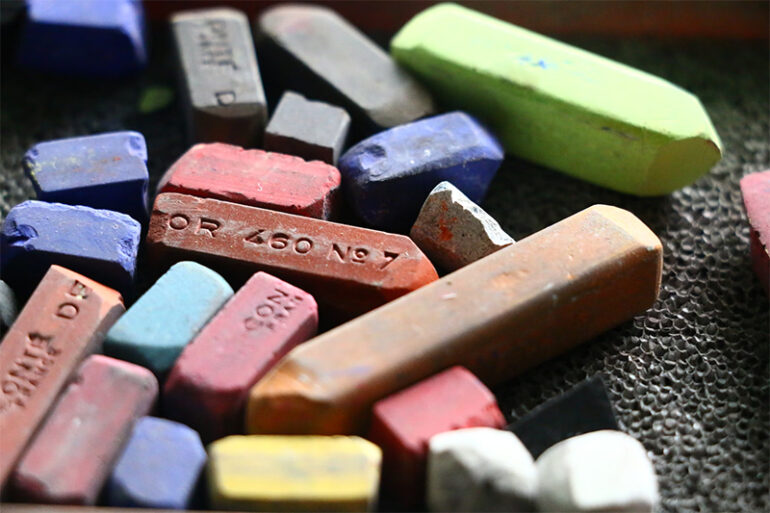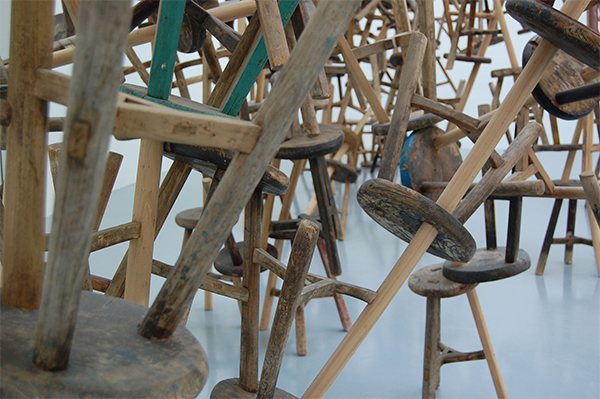Art has always been a great way to express oneself, inspire creativity, and expand imagination. Creative people have explored unconventional materials throughout history to challenge social norms. Recently found and natural materials have been used in contemporary art. This article explores the role of unusual drugs in art and their impact.
Introduction to non-traditional materials
Unconventional materials encompass any element or item that is not typically linked to conventional artistic endeavors. The assortment of materials can vary greatly, encompassing common items like glass containers and magazines, as well as organic components like tree bark, quills, and even edible substances. Creatives have wholeheartedly embraced these resources as a medium to express their concepts and sentiments in distinctive and mind-stimulating manners.
The significance of non-traditional materials
By using uncommon materials, artists may break free from paint and clay. Creators may explore new textures, forms, and concepts with unlimited possibilities. Creative people may challenge norms, question consuming culture, and address environmental issues by incorporating non-traditional ingredients. This strategy also encourages viewers to rethink their views on art, deepening their connection to it.
Examples of non-traditional materials in art
Ai Weiwei is a well-known artist recognized for his innovative use of unconventional materials. The artist frequently integrates common items such as bicycles, furnishings, and an immense quantity of ceramic sunflower seeds into his installations. Ai Weiwei delves into concepts of widespread manufacturing, worldwide interconnectedness, and civic engagement in his artistic creations. Tara Donovan, a talented creator, crafts captivating artworks by utilizing ordinary objects like toothpicks, plastic cups, and straws. With her elaborate and expansive creations, she pushes the boundaries of our understanding, turning these items into something truly remarkable.
Challenges and benefits of using non-traditional materials
Artists face distinct difficulties when they engage with unconventional materials. In contrast to conventional mediums, these substances have the potential to degrade with the passage of time, necessitating meticulous efforts for their preservation and upkeep. Moreover, the task of locating and procuring non-traditional resources can prove to be a laborious and expensive endeavor. Nevertheless, the advantages surpass these difficulties. Artists have the opportunity to produce visually captivating, intellectually profound, and ecologically mindful artwork by utilizing unconventional materials. Furthermore, they offer a platform for artists to connect with their audience on a more profound scale, initiating dialogues and questioning established societal conventions.
The future of non-traditional materials in art
With the ever-changing landscape of the art realm, it is highly probable that the utilization of unconventional substances will gain further prominence. In light of the growing concern for the environment, artists are progressively gravitating towards the utilization of sustainable and environmentally conscious materials. The range of options is boundless, spanning from repurposed plastics to substances that naturally break down over time. Artists can effectively tackle urgent social and political matters by utilizing unconventional materials, thereby creating a space for activism and fostering transformative shifts.
Conclusion
The incorporation of unconventional materials in artistic endeavors has emerged as a crucial element of modern creative manifestation. Through the utilization of nontraditional materials and items, creatives have the ability to question established conventions, elicit profound sentiments, and ignite significant dialogues. The importance and influence of unconventional substances in artistic expression cannot be exaggerated. As we gaze ahead, it becomes evident that these substances will persist in molding and reimagining the realm of art, propelling limits and igniting fresh waves of creativity among upcoming artists.
Photo Attribution:
1st & featured image by https://unsplash.com/photos/xsj-5hQsk_A
2nd image by https://commons.wikimedia.org/wiki/Category:Ai_Weiwei#/media/File:Ai_Weiwei_BANG_biennale_Venetie_2013_(3).JPG

